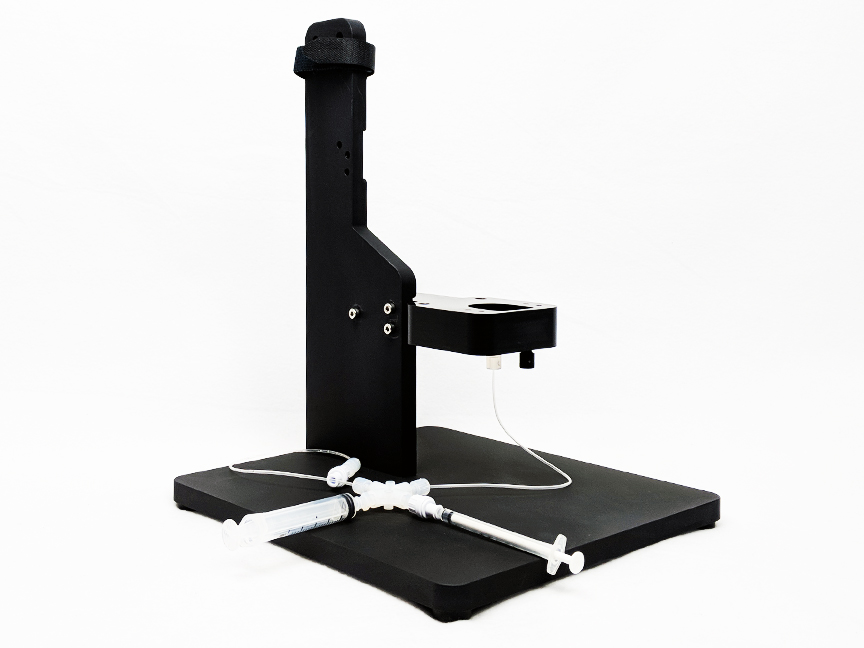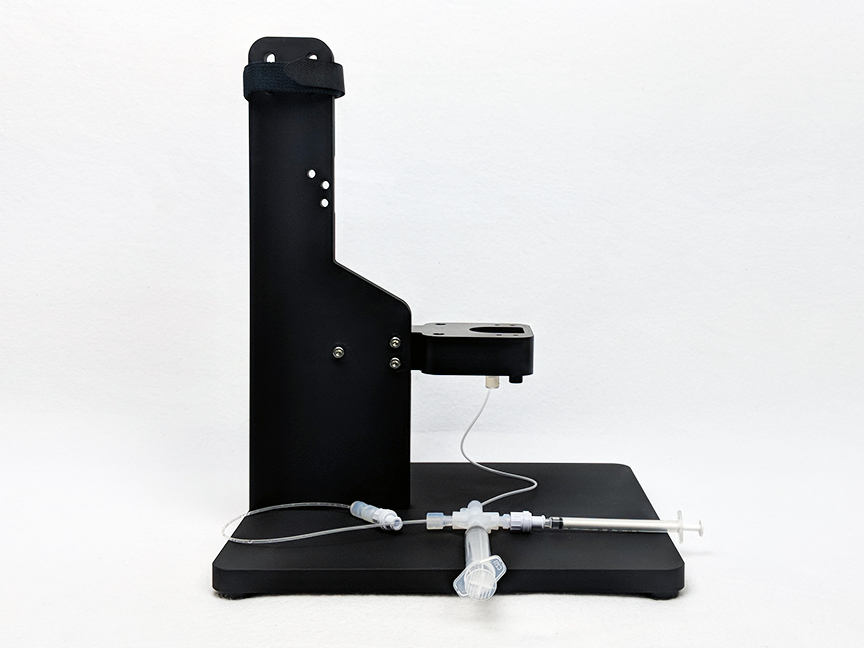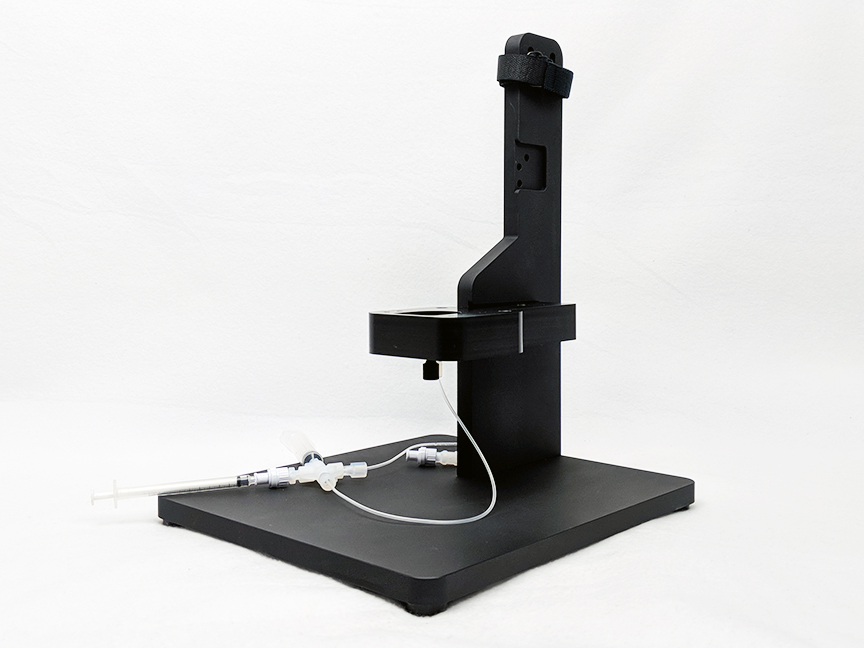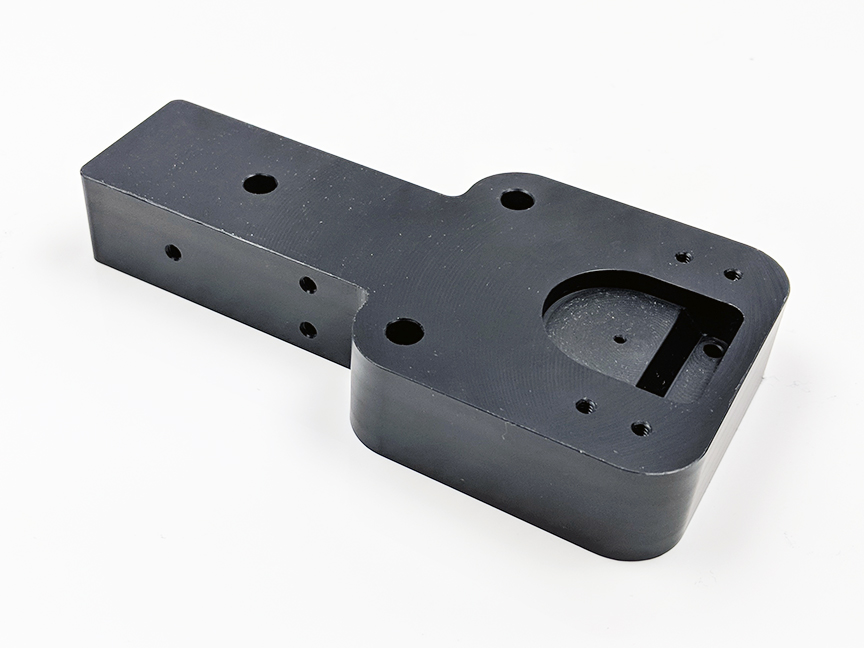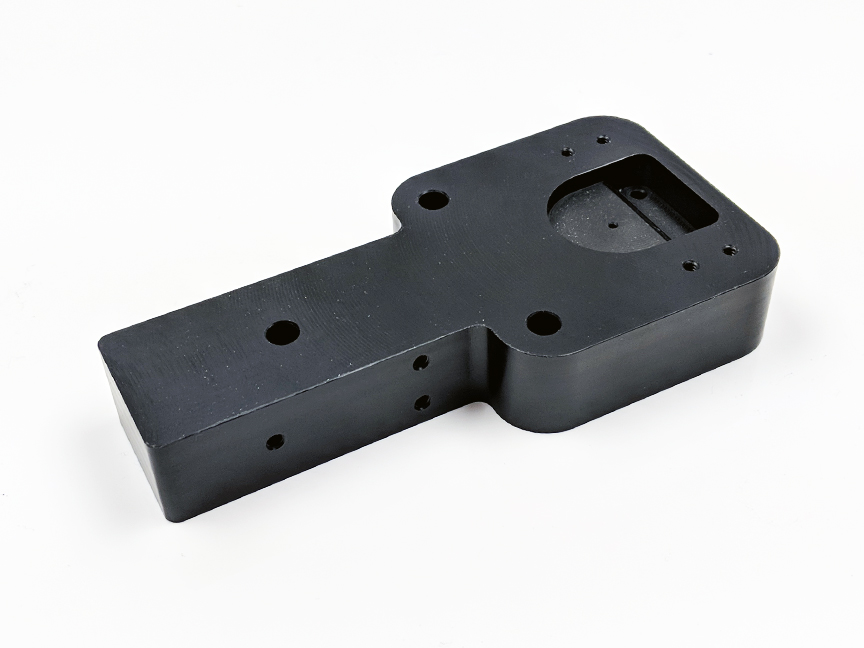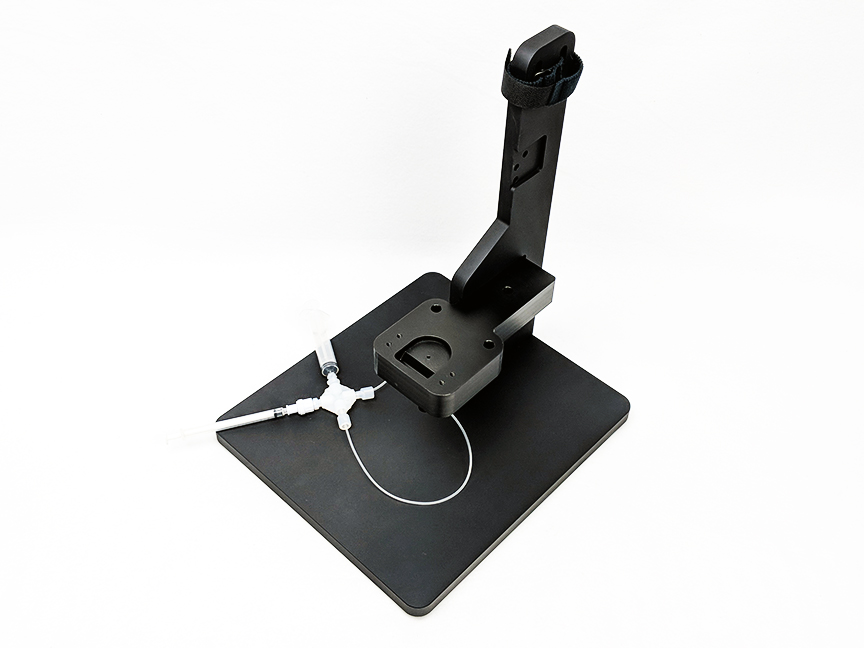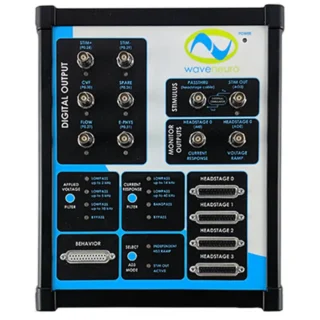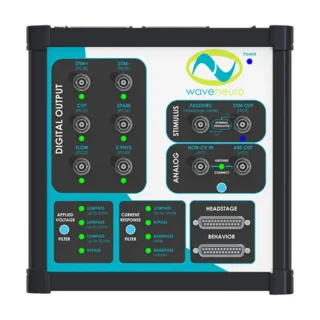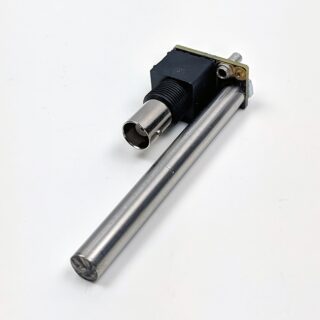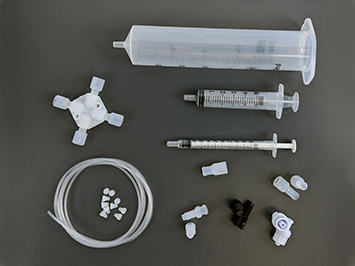General Dimensions
Below are some drawings with dimensions, so you can ensure the flow cell will fit into the Faraday cage used in your labs.The flow cell includes base, arm, flow cell basin, tubing/fitting kit with syringes, and an optional xyz translational stage (from WPI).

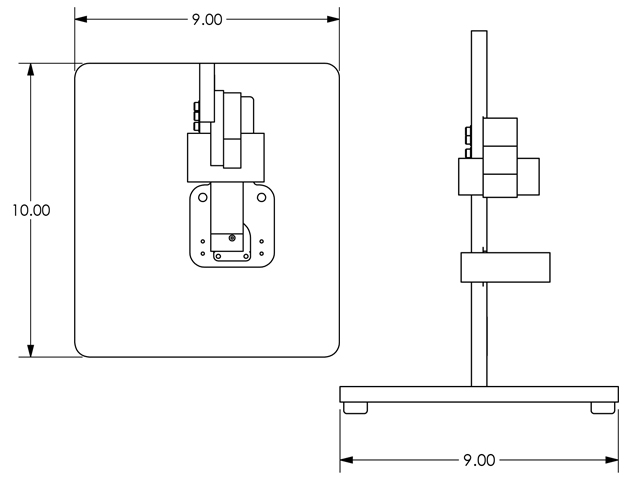
Gravity Feed Operation
The system can function as a basic gravity feed system, by suspending the 60 mL syringe filled with buffer on the flow cell arm.When using the flow cell under gravity feed, the laws of physics dictate the flow rate observed. Characterizing the gravity feed flow rates of this system are strongly dependent upon tubing lengths, buffer volume (in the 60 mL syringe), and time. For your reference we present characteristic data from the flow cell, under gravity feed only conditions, where the supply tubing length was 14" and the sample tubing length was 10", follows:
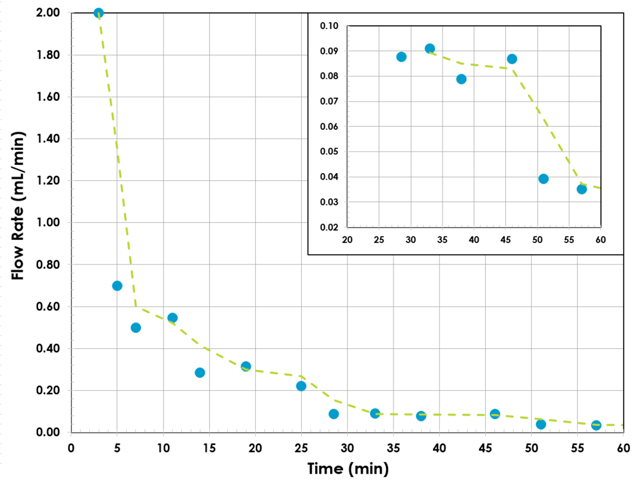
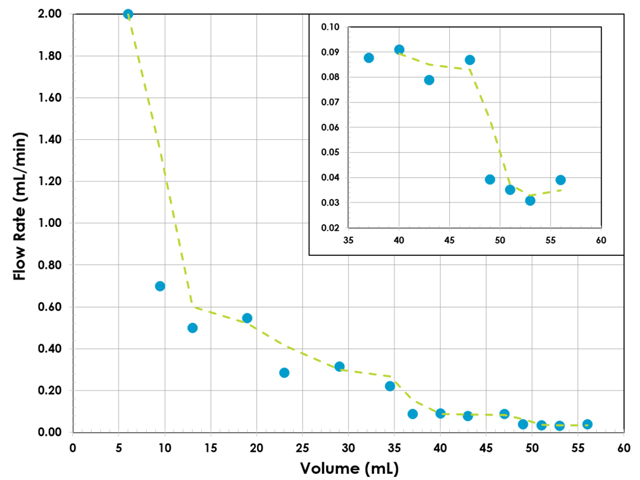
As shown, gravity alters the observed flow rate continuously over time and volume delivered. Both plots show a "sweet spot," which is when the buffer syringe holds approximately 37 - 48 mL (28 - 47 minutes). During this time and volume, the flow rate is as constant as possible. Keeping the syringe filled at approximately 40 mL of buffer will provide continuous use at a fairly constant flow rate. The inset in each plot are the same data with both scales adjusted to show subtle behavior. These plots also educate the user that a calibrate pump will be necessary for highly analytical applications of the flow cell. For this reason,researchers can use a syringe or peristaltic pump to drive flow at a constant flow rate. These pumps are not included with our flow cells as they are typically of a specific preference to each research group.
Automation Expansion
Injection is performed manually, online, under either gravity feed or pump flow. Calibrated and software controlled injections are possible by employing a TTL-actuated HPLC valve switch, common in many FSCV labs. The pump and valve switch are not included with the flow cells, but Pine Research is happy to make suggestions for products to consider for this application (available elsewhere).

